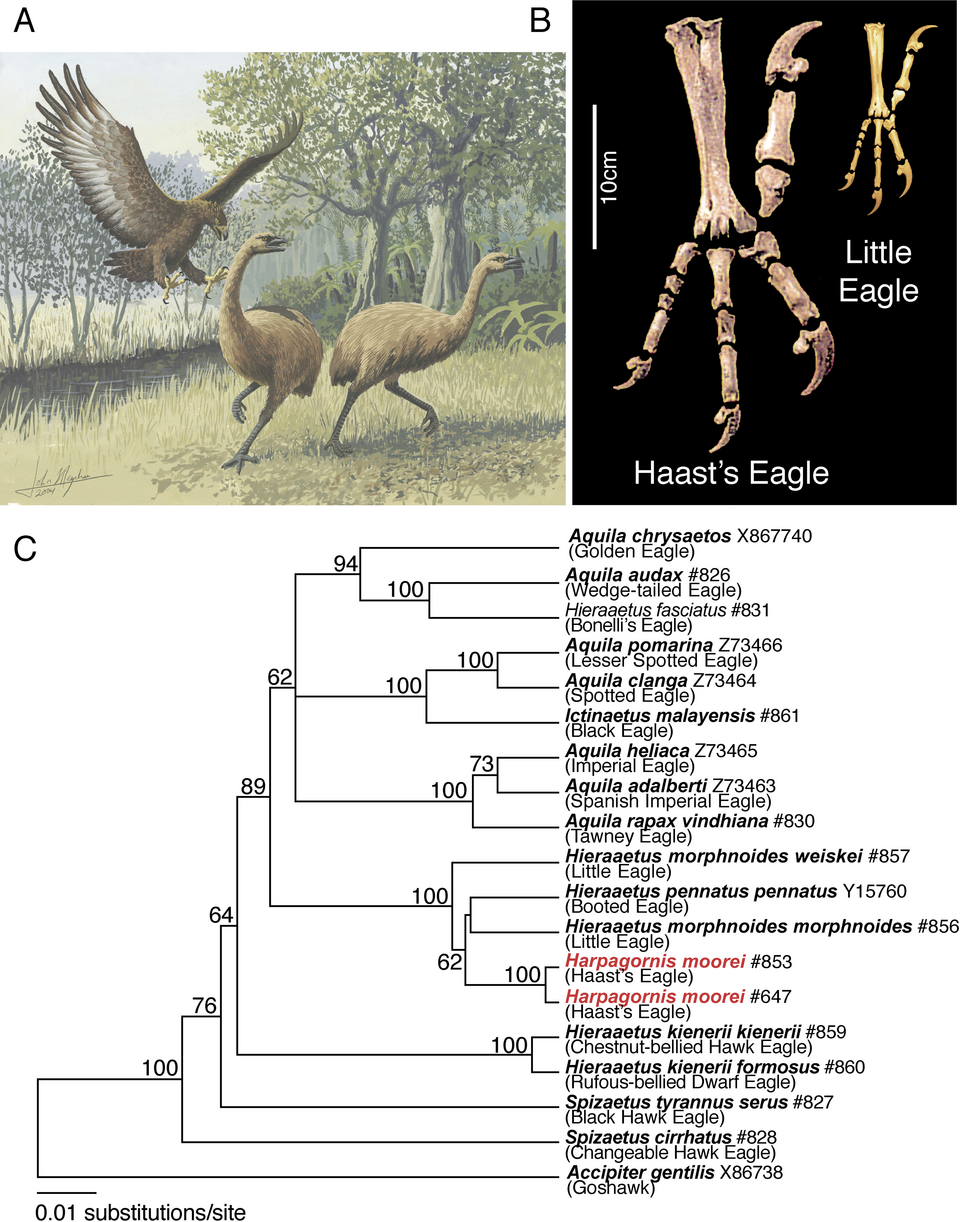Colossal Biosciences Aims to Resurrect the Giant Moa: A Controversial Project

In a groundbreaking venture, a team of scientists led by Colossal Biosciences, a Texas-based biotech company, has announced its efforts to resurrect the South Island giant moa, the tallest bird known to have existed, which roamed New Zealand’s South Island until its extinction approximately 600 years ago. This ambitious project, unveiled on July 9, 2025, has drawn attention not only for its scientific innovation but also for the ethical implications surrounding such de-extinction efforts.
The giant moa, standing at an impressive height of up to 3.6 meters, is among several extinct species that Colossal aims to bring back to life through genetic engineering. Other candidates for resurrection include the dodo, woolly mammoth, and thylacine, or Tasmanian tiger. The company is collaborating with the Ngai Tahu Research Centre, part of the University of Canterbury in Christchurch, to achieve this goal.
Professor Mike Stevens, director of the Ngai Tahu Research Centre, emphasized the cultural significance of the moa, stating that it provided sustenance and materials for tools and decoration for the indigenous Ngai Tahu tribe during the 14th and 15th centuries. "The loss of moa, through over-harvesting and habitat modification, was a salutary lesson as to the New Zealand archipelago’s ‘fragile plenty’,” he noted in a press release from Colossal Biosciences.
Adding to the project’s credibility and visibility, the initiative is supported by high-profile investors, including Peter Jackson, the acclaimed director of the Lord of the Rings trilogy, who possesses one of the largest private collections of moa bones. According to a media statement from Colossal, the company's investment in New Zealand aims to bolster biotechnology in the region and protect its unique biological heritage, which includes numerous endemic species.
However, the ethical considerations surrounding the project have sparked significant debate within the scientific community. Critics argue that the resources allocated to de-extinction efforts could be more effectively used for conservation initiatives aimed at currently endangered species. Dr. Scott MacDougall-Shackleton, co-founder and director of the Advanced Facility for Avian Research at Western University in Canada, expressed his skepticism, stating, "If we are concerned about island bird conservation, there are hundreds of threatened and critically endangered species in New Zealand, Hawaii, and other Pacific islands that need conservation resources more urgently."
The feasibility of de-extinction remains a contentious topic among researchers. Dr. Tori Herridge, an evolutionary biologist at the University of Sheffield, remarked, "Is de-extinction possible? No, it is not possible. What you could potentially do – we’ll see – is create a genetically modified organism that may contain some appearance traits that are linked to a previously extinct species based on what we think they were like."
Colossal Biosciences previously garnered attention in April 2025 for announcing the birth of three dire wolf pups, a feat accomplished through the partial alteration of the genome of their closest modern relative, the grey wolf. This development raises further questions about the scientific, ethical, and ecological implications of resurrecting species that have long been extinct.
As the project progresses, it is likely to continue inciting discussion regarding the priorities of conservation efforts and the potential consequences of playing God with nature. The future of the giant moa, and potentially other extinct species, hangs in the balance as scientists grapple with the implications of genetic engineering and de-extinction. The outcome of this endeavor could redefine our understanding of biodiversity and conservation ethics, marking a pivotal point in the relationship between humanity and the natural world.
Advertisement
Tags
Advertisement





